Guitar Types: All You Need To Know
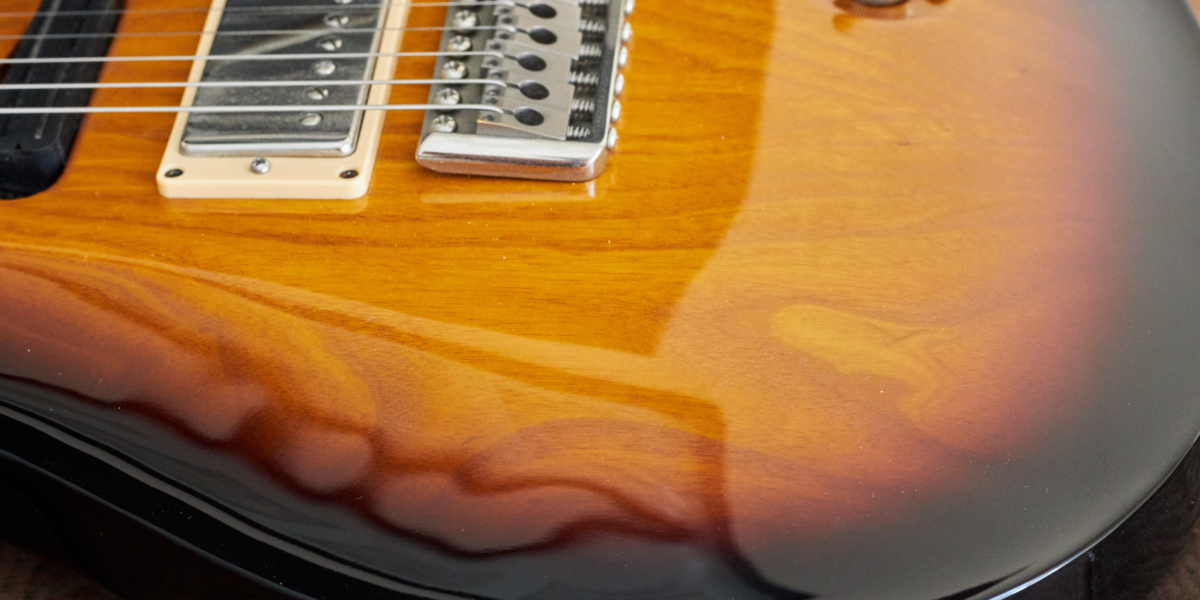
This article covers the different guitar types, how to get the best performance, and the types of guitar strings.
The guitar is an incredibly versatile instrument. The six-string guitar dominates the modern musical landscape. We hear the guitar in every type of music, from country to EDM – it’s in the DNA of today’s music world.
There is a guitar type for every situation, from electric blues and metal guitars to Spanish flamenco, seven-string, and twelve-string.
How to choose the right guitar types?
Choosing the right type of guitar will largely depend on the style of music you want to play. After all, a Jackson Electric probably isn’t going to work for someone wanting to learn classical guitar. In many cases, guitar players will own multiple guitar types to suit different styles of music.
So what kind of guitar is right for you? Let’s have a look and break down the various guitar types in detail.
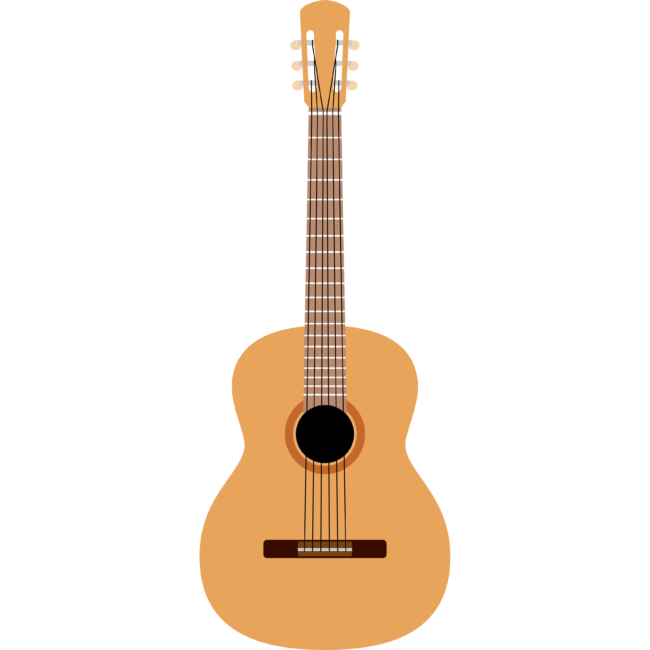
Classical nylon acoustic guitar.
This is one of the most famous acoustic guitars and can be seen everywhere, from the streets of Baja, Mexico, to the trendy coffee shop open mic nights in New York City. This guitar typically has a thick neck and wide fret spacing, making it easy for the beginning guitar enthusiast to play.
The nylon strings are hand-tied at the bridge and strung through the tuning machines on the headstock. This may seem like an intimidating prospect for the rookie guitar player but fear not. It is a relatively easy process once you get the hang of it.
The classical acoustic gives off a warm and embracing tone, while the nylon strings bring a touch of softness to the sound. Many beginners, especially those taking classes, will learn their first chords and songs on a classical guitar. The flamenco guitar is also set up with a much lower action to allow the player faster finger movements and frequent chord changes.
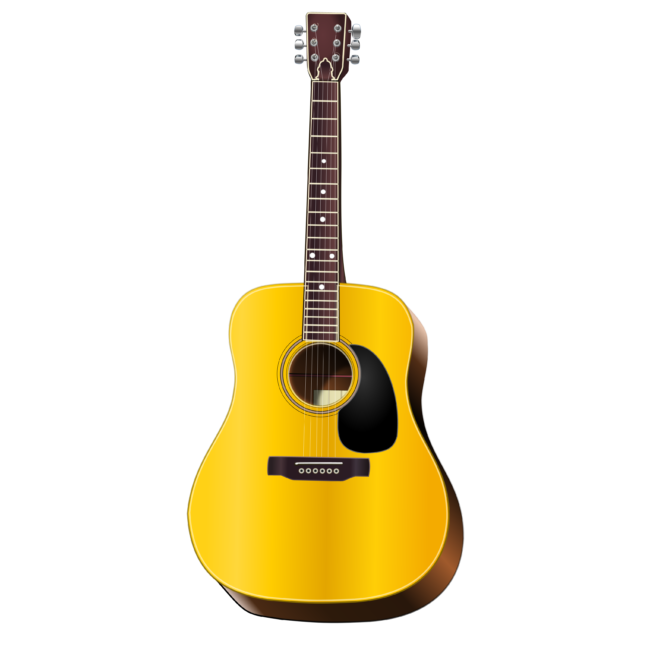
Modern acoustic.
A modern acoustic guitar has a variety of subcategories that we will cover in this section. The modern acoustic differs from its grandfather, the classical, in several ways, but most notably, it has either copper wound or steel guitar strings. This gives the modern guitar a very different sound. There is a brightness, power, and shape to the tone while still keeping the warmth of the classical — depending on the body type you choose.
Grand Concert or Standard Body
The standard body will have a similar feel to the classical, with a thinner, more streamlined neck. The tone is rich and often bright with a mid-range low end.
Grand Concert with Cutouts
This type is similar to the standard body guitar. However, there are cutouts to make reaching the higher notes easier for the player. While you gain access to higher notes, you lose a touch of the bottom end.
Jumbo or Wide Body
Some players prefer this style as the deep, rich tone and added bottom end make for an impressive, complex, and well-rounded tone. This guitar body is perfect for players whose music is heavily chord-based because of its powerful sound. While the tone is great with these acoustic guitars, remember that it may be difficult to play for smaller guitarists.
Jumbo with Cutouts
Much like the standard with cutouts, you lose a little tone but gain easy access to the higher frets on the neck.
Arch Top
This guitar type is excellent for stage performance and has a feel similar to certain types of electric guitars. The sound remains full but will accentuate the mid and higher range without losing too much bottom end.
Gypsy Jazz
The gypsy jazz guitar body is made for fast-picking, upbeat music with many change-ups. You will find the neck more streamlined, and the cutout makes it easy to reach the full potential of the guitar’s fretboard.
Dreadnought
A favorite of folk music guitarists worldwide, this straightforward, no-frills guitar body type became wildly popular during the 60s and continues to hold strong today. The sound will be high and mid-range with a lower bottom end. This guitar type is great for playing chord progressions and is easy to play. Its size makes it suitable for players of all shapes and sizes.
Grand Concert
The grand concert is an excellent performance guitar that provides everything the beginning guitar player needs and nothing they don’t. Expect a bright, full sound, making it perfect for genres such as country and western music.
Auditorium
Similar to the grand concert, only a bit larger with cutouts to better reach the high end of the fretboard. This guitar is suitable for performance, rhythm, and lead guitarists with a solid throaty tone and decent bottom end.
Parlor
This smaller guitar type is excellent for beginners, kids, and people of smaller stature. It is also suitable for backpackers and jet setters who want to keep a relatively full tone.
Mini
This much smaller guitar is perfect for children, youth players, and travelers — making it an ideal choice for a budding player’s first guitar.
Travel
The name says it all with this trimmed-down, sleek guitar.
You aren’t going to get that full-bodied sound, but a well-built travel guitar will have a beautiful, clean and bright tone. This guitar will certainly get the job done if you are an avid traveler and want to stay in practice.
Resonator
Resonator guitars are in a league all their own. Utilizing metal wound cones connected to the bridge, this guitar type is essentially the first non-electric amplifier and predecessor to the electric guitar. Its sound is truly unique — it gave birth to early blues and eventually shaped the sound of rock and roll.
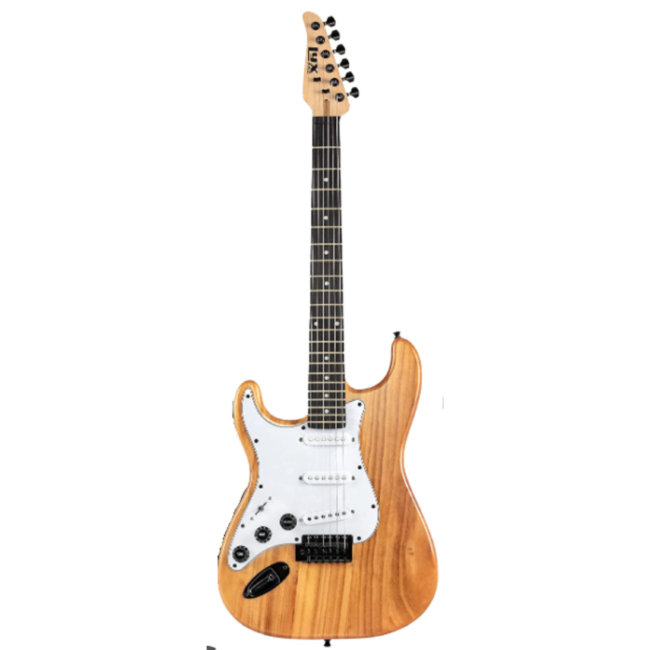
Electric guitars.
The electric guitar has shaped the sound of modern music since its invention in 1931. This instrument’s influence on culture, politics, and even war cannot be understated. So what types of electric guitars are right for you?
We can break the electric guitar into six parts:
- Neck
- Fretboard
- Body material
- Pickups
- Bridge
- Potentiometers
Below is a basic breakdown of the different types of guitars in the electric family.
Solid Body
The iconic blues machines are solid-body electric guitars such as the Fender Stratocaster, Telecaster, and Ibanez Roadstar II series. Guitars such as Jackson, Dean, ESP, Schecter, and B.C. Rich is made for metal guitar players.
Blues guitars such as the Fender Squire typically have three single coil pickups, a bolt-on neck, three potentiometers, a vintage tremolo bridge, and an alder wood body.
This design differs greatly from metal guitars which often feature double Humbucker pickups, neck through body, more versatile potentiometer arrangement, mahogany body, and in many cases, a Floyd Rose tremolo bridge.
Semi-Hollow Body
The semi-hollow body family offers many different types of guitars. A choice popular among jazz musicians, these guitars have a much warmer sound than their solid body counterparts without losing the electric feel.
There are many ways this guitar type can be set up for various musical styles, making it an extremely versatile electric guitar. You can set a hollow body electric up to play blues, jazz, metal, or folk guitar.
Hollow Body
The hollow-body electric guitar is a work of art. Its design offers a deep, full-bodied sound accompanied by the energy of single, double, and even Humbucker pickups creating a tone that is all its own – while retaining its natural acoustic characteristics.
These incredible guitars can be seen in action by artists both past and present, such as John Lennon with the Epiphone Casino, B.B King with his famous Gibson L-30 ‘Lucille,’ and Dave Grohl on his Gibson ES-335 — this guitar type is truly genre defiant.
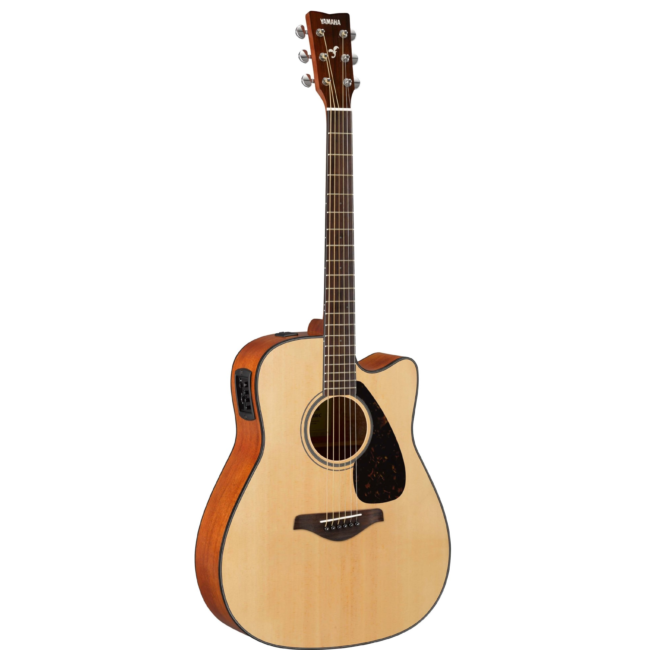
Acoustic-electric.
The acoustic electric guitar type is the perfect marriage between old-world natural sound and the richness & clarity of amplification. Having an onboard pickup to amplify the guitar makes it easier to perform live shows since the guitar does not require a mic. There are acoustic electric versions of virtually any acoustic guitar type.
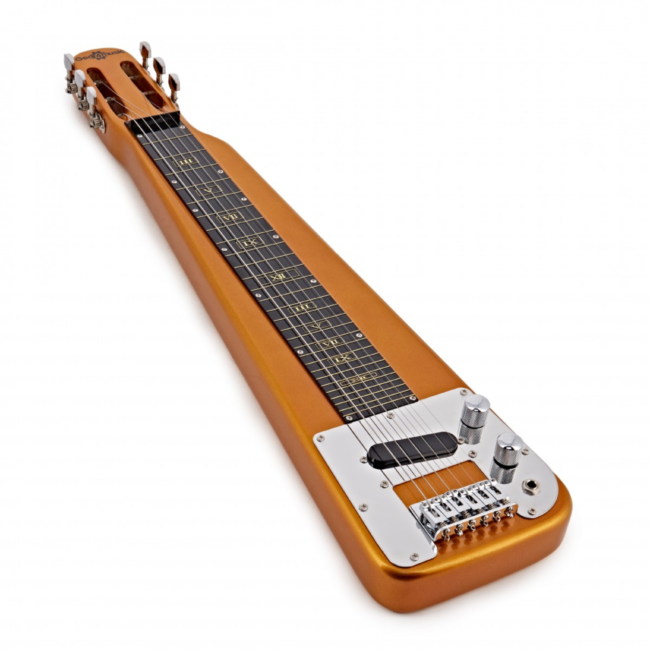
Lap steel guitar.
A few other guitars are less common, such as the lap steel guitar or slide guitar. This guitar type is usually heard in country and western music and is played horizontally with a guitar slide.
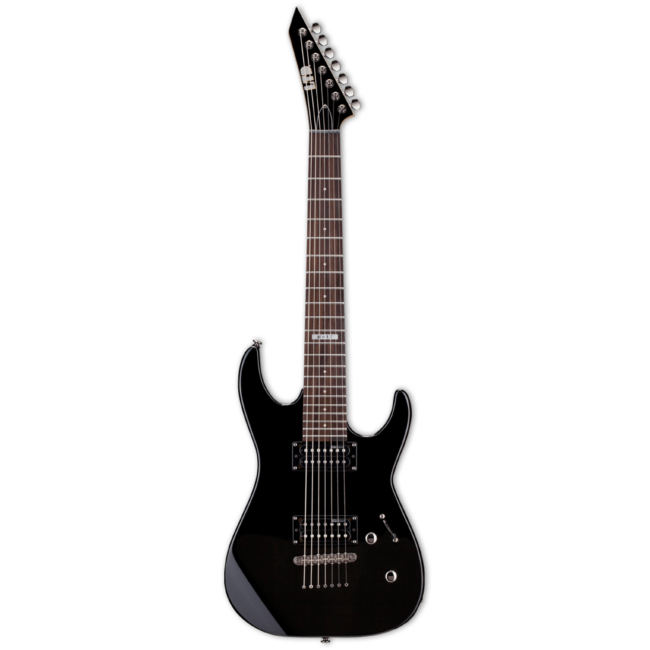
Seven string.
The 7-string guitar is very popular among metal guitarists because of the extra low B string. Bands such as Slipknot owe much of their sound to the 7th string.
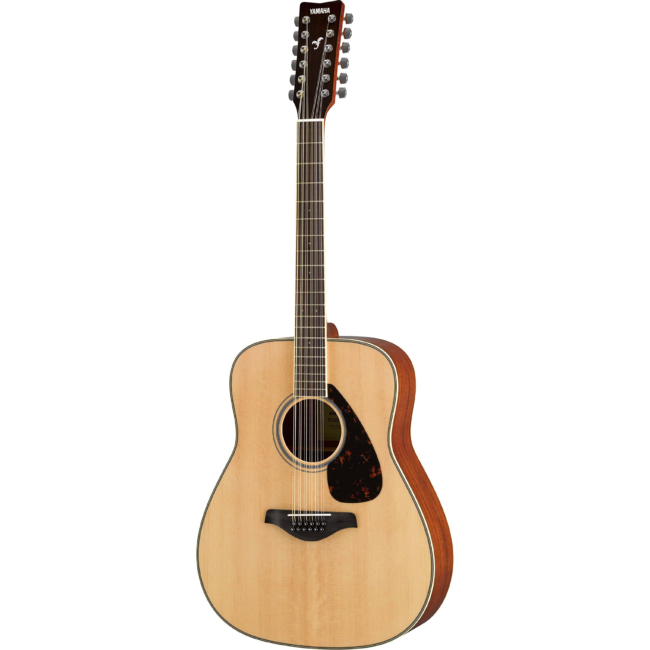
Twelve string.
This guitar type is set up similarly to a six-string, but with two strings closely set together in each position. It is common for the two upper-end string sets to be tuned in unison and the lower four sets to be in octaves. These acoustic guitars give off a bright, more complex tone than a typical six-string.
Types of guitar strings.
Different guitar types may require specific strings. A classical guitar should be strung with nylon strings, whereas an electric guitar should be set up with steel-wound strings.
Also, there are a ton of different variations of strings for a guitarist to choose from. Beginners should try out several string types and gauges.
Nylon
The top three strings are pure nylon, with the lower three strings wound in silver-plated, brass, or copper.
Phosphor Bronze
The top three strings will be steel with a phosphor bronze string set, and the lower three strings will be wrapped in phosphor bronze to achieve a deeper tone. These strings are prevalent and easy to play.
Nickel Plated
Similar to phosphor bronze, but with the lower three strings wound with nickel-plated wire. These string sets are most common on electric guitars, though some acoustic guitar players choose nickel-plated strings instead of the traditional bronze.
Poly and NanoWeb
These relatively new strings are phosphor bronze or nickel plated and coated with a thin film to protect the string and improve the overall sound. They are effortless on the guitar player’s fingers and extend the life of the string set by as much as double.
Slinky
The slinky-style guitar string is generally meant for blues guitarists, though players of other genres use them. Slinky refers to the string’s ability to stretch or bend further than a typical string without breaking.
Gauge.
The guitar string gauge represents the string’s size or thickness. The thicker the string gauge, the deeper the sound of the string. Some players, especially blues guitarists, prefer lighter strings for sound, playability, and bendability. Metal guitar players lean towards thicker gauge strings for a deeper sound. It is important to test out multiple gauges to find out what works and sounds best on your guitar.
Stringing the guitar types together.
As you can see, there is a perfect guitar for every player. Whether you are a budding blues aficionado, classical guitarrista, or the next thrash metal legend – there is a guitar waiting for you.
It’s always a good idea to head to the local guitar shop and play as many guitars as possible before deciding what guitar type is right for you, especially if you are a beginner. Also, test out different string types to find your sound.
If you found this article helpful and want to learn to play guitar, download the Simply Guitar app and get started today!









